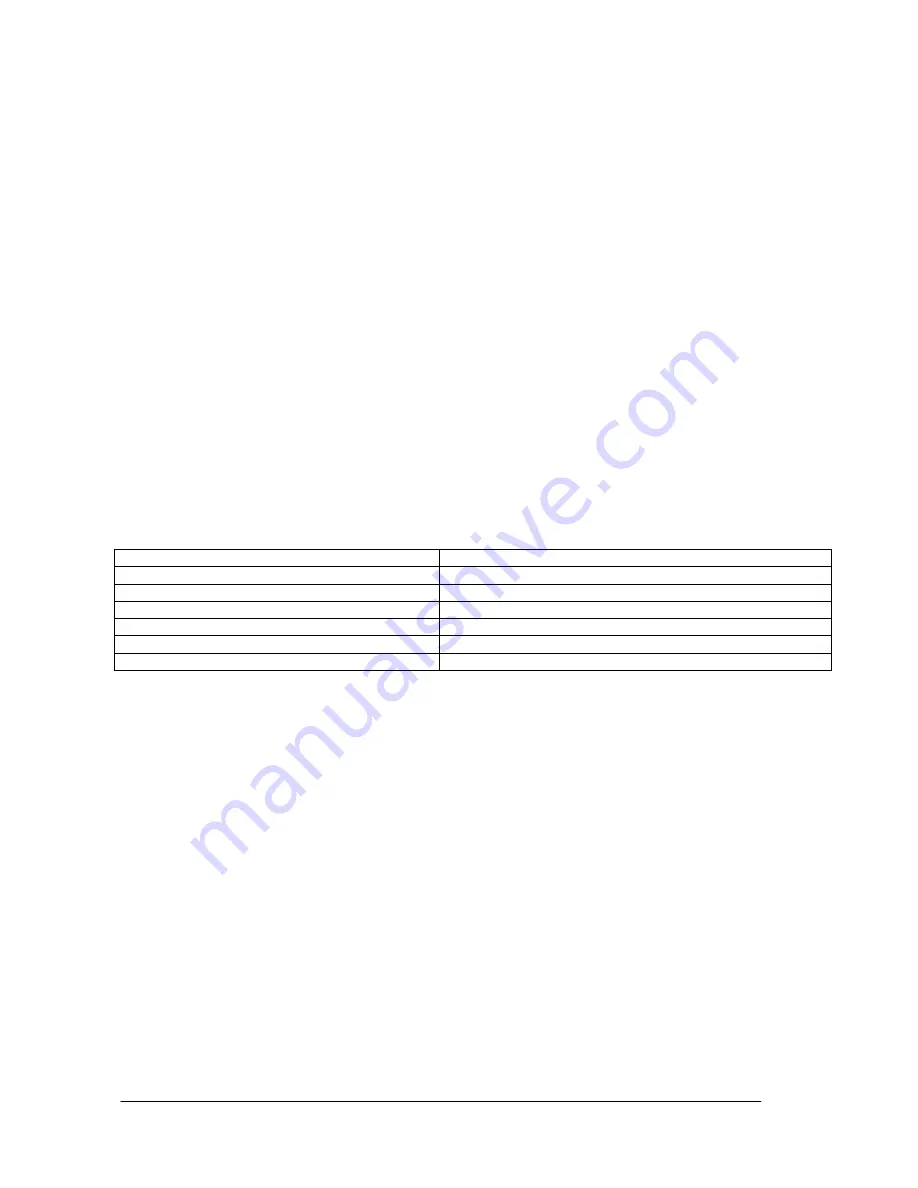
GRAUPNER GmbH & Co. KG D-73230 KIRCHHEIM/TECK GERMANY
No liability for printing errors. Technnical modifications reserved.
#0060384
04/2009
46
Notes on building the model
•
Before starting construction it is essential to study the plan and read right through the building instruc-
tions, referring constantly to the Parts List. In general terms the instructions and the parts list reflect the
sequence of assembly.
•
This model is intended for the highly experienced marine modeller, and for this reason the instructions
do not describe all stages of construction in detail. The recommended sequence of assembly is also
intended as no more than a general guide. However, all the important and crucial stages are des-cribed
accurately and in full detail.
•
Please be aware of the hazards involved in the use of tools.
•
The model’s surfaces should be rubbed down using 600-grit wet-and-dry abrasive paper; this grade of
abrasive is also ideal for surfaces which are subsequently to be painted.
•
If you intend to fit supplementary working systems, it is essential to plan their installation before you start
construction.
•
Each electric motor and each water pump must be fitted with a 470 nF suppressor capacitor (Order No.
3588); solder the capacitor across the motor terminals to form a bridge.
•
Deploy all electrical cables neatly, wherever possible without crossing them over. Never allow a positive
wire to make electrical contact with a negative wire. Secure all wiring in such a way that it is impossible
for any cable to foul the rotating parts of the power system; cable-ties are a good solution.
•
Be sure to use a grade of cable which is capable of carrying the currents which flow when the boat is
operating. If you fit the recommended components, a conductor cross-section of 2.5 mm² (e.g. Order No.
3689) is adequate.
•
Deploy the receiver aerial as far away as possible from high-current cables (at least 3 cm).
•
The propeller shaft system should be lubricated using a type of grease or oil which does not con-
taminate or soil water (e.g. grease: Order No. 570; oil: Order No. 206).
•
Remove all traces of grease from components before gluing them. A good method is to sand the sur-
face lightly, then rub with a non-greasy liquid detergent solution or white spirit. The same applies to
surfaces to be painted, as paint will not adhere properly to a greasy surface.
•
Recommended adhesives for joining different materials:
Material – Material
Suitable adhesives
Plastic motor mount - wood
Cyano-acrylate (“cyano”)
ABS - wood
Cyano-acrylate, UHU acrylit
ABS - ABS
Cyano-acrylate, UHU acrylit, UHU plast spezial
ABS - metal
Cyano-acrylate, UHU acrylit
Wood - wood
Cyano-acrylate, UHU hart, white glue
Wood- metal
Cyano-acrylate
Always observe the processing instructions supplied by the adhesive manufacturer. The building instructions contain notes regarding the use
of particular adhesives, and it is important to keep to these recommendations. Special safety measures are necessary when using acetone,
white spirit and other solvents as cleaning agents; please read and observe the instructions stated on the packaging.
Notes on installing and setting up the daughter boat lift
Our main purpose in developing this lift system was to reproduce as accurately as possible both the
appearance of the original lift and its method of operation. We also wanted to make it a straightforward task
to remove the entire sub-assembly from the rescue cruiser for purposes of maintenance. A drive spindle
would have been one solution, but this takes up a great deal of space; instead our system employs a winch,
with the result that all the required components can be attached to the daughter boat cradle. To remove the
system all you have to do is undo the screwed joints involving the cradle, release the winch cable and the
watertight joint between the cradle and the stern wall, and the lift can then be removed from the vessel
complete with the cradle, providing excellent access to the rudder control system and the stern flap
mechanism.
Method of working
•
The daughter boat is housed in the rescue cruiser’s stern cradle, where it is secured by the capture hook
alone. In this basic position the arms of the lift are disengaged from the daughter boat. When the stern
flap is opened, all you have to do is disengage the capture hook, and the daughter boat slides out of the
stern cradle. Since this system is powered by gravity alone, it is clearly important to ensure that the
rollers in the stern cradle and the stern flap are free-moving.
•
Once the daughter boat has left the stern cradle, the lift slide is moved into the lower pick-up position.
The arms are now automatically lowered, so that the daughter boat can pass over the slide as it runs into
the cradle, without becoming caught on any obstacle.
•
When the daughter boat is located in the stern cradle, the lift is moved to the upper position: the cap-ture
arms of the slide now rise automatically, and engage in the daughter boat. If the daughter boat is not
















































